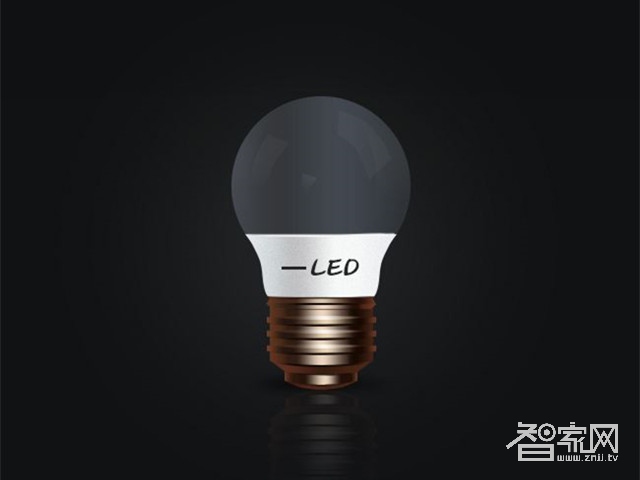In recent years, with the popularization of the concept of smart homes, smart lighting has also entered people's field of vision. The development of any industry must set up corresponding standards, so that businesses will not ignore the quality of products in order to reduce costs. Here we look at the development of intelligent lighting standardization.

Intelligent Lighting Standardization Development Process
In the first stage, as early as 1990, the American Theatre Association released the DMX-512, which is a fast, simple and practical protocol for smart lighting, but due to the use of 7 digits, its function is limited and there is no provision Illumination of each function's instructions does not have true interchangeability.
In the second phase, in 1996, the electronic ballast control technology for fluorescent lamps was written into the IEC60929 standard. With real sense of intelligent lighting, but limited to fluorescent lamps, in 2009 the International Electrotechnical Commission issued a number of light source control devices and control functions. Within the IEC62386 series of standards, is a more complete intelligent lighting. Afterwards, experts from various countries of the International Electrotechnical Commission TC34 organized revisions and developments. In 2014, several FDIS documents were issued, which are quite different from the first edition. Two control lines need to be deployed and convenient wireless control will be available soon.
In the third stage, the power carrier control is susceptible to interference, slow speed, and low functionality; there is no universally-recognized lighting-specific function instruction set, and interchangeability cannot be taken into consideration.
In the fourth stage, other building home intelligence can be integrated with other building home intelligence systems. However, there is no universally recognized instruction set for lighting special functions, and interchangeability cannot be taken into account.
The fifth stage, wireless control: Wi-fi, zigbee, toothblue, etc. are convenient and practical, but there is no universally recognized unified set of lighting-specific functions, and interchangeability cannot be taken into consideration.
In the sixth stage, the national alliance standards: National Semiconductor Lighting Engineering R&D and Industry Alliance and Semiconductor Technology Evaluation Alliance are actively organizing and promoting intelligent lighting research and standardization.
The above content is the six stages of the standardization of intelligent lighting at home and abroad. With the development of science and technology, standards are constantly changing. But no matter how it changes, product quality is the key. For more information on smart lighting, please feel free to leave us a message at the bottom of the article.
related suggestion:
Article: Inventory of the 2017 Smart Lighting Brands Most Worth to Buy
Recommended:Professional production of smart lock intelligent lock intelligent lock agent
Rf Duplexer,Coaxial Duplexer,Microwave Duplexer,Diplexer And Duplexer
Chengdu Zysen Technology Co., Ltd. , https://www.zysenmw.com